7 Essential Tips to Choose the Best Tricycle for Electric Mobility: A Data-Driven Guide
When it comes to enhancing mobility, particularly for those with limited physical abilities or seeking a more eco-friendly transportation option, choosing the right "tricycle for electric" use can make all the difference. With the market flooded with various models and features, selecting the ideal electric tricycle can seem overwhelming. This blog aims to break down the essential factors to consider when making this important decision. By focusing on data-driven insights and practical tips, we will guide you through the essential characteristics that a quality electric tricycle should possess, helping you to navigate through the myriad choices available. Whether you are seeking enhanced stability, performance, or comfort, our seven essential tips will empower you to make an informed decision that aligns with your unique mobility needs and lifestyle.
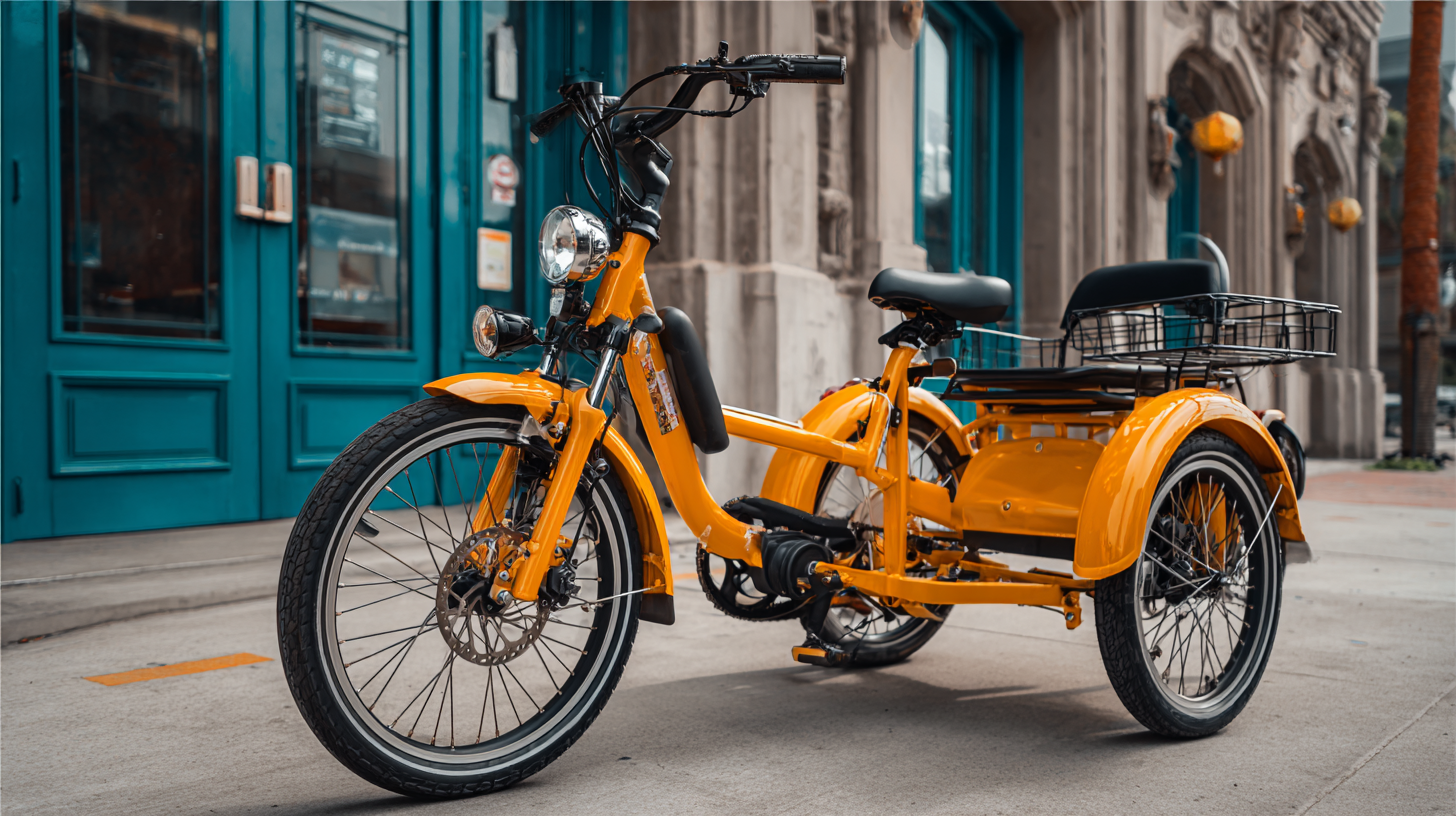
Understanding the Different Types of Electric Tricycles in the Market
When considering the best electric tricycles for mobility, understanding the various types available in the market is essential. The global electric three-wheeler market is projected to reach a size of USD 24,695.23 million by 2033, indicating robust growth driven by increasing consumer demand for alternative transportation options. This segment includes electric trikes, often referred to as e-rickshaws, which are highly popular due to their versatility and eco-friendliness.
Recent developments in the industry highlight exciting new entries such as the Lectric XP Trike2, which caters specifically to seniors seeking affordable electric mobility solutions. With a market size for recumbent trikes expected to expand from USD 0.64 billion in 2024 to USD 1.17 billion by 2033, it’s clear that the variety of electric tricycles is expanding to include options that suit different needs, from leisurely rides to practical transportation. As trends evolve, consumers are encouraged to explore these options thoroughly, considering factors like comfort, safety features, and technological advancements.
Key Features to Look for in Electric Tricycles: Performance vs. Price
When choosing the best electric tricycle, understanding the key features that balance performance and price is crucial. According to a recent market report by Research and Markets, the electric tricycle market is projected to grow at a CAGR of 8.3% from 2022 to 2027. This growth indicates an increasing demand for quality products, and consumers must select models that meet their specific mobility needs.
One essential tip is to consider the motor power. High-quality electric tricycles typically feature motors ranging from 250W to 750W. A more powerful motor allows for better performance on hilly terrains, achieving speeds of up to 20 mph. Another tip is battery capacity; a 36V or 48V lithium battery with a higher amp-hour rating (Ah), such as 15-20Ah, can provide a longer range of 30-60 miles per charge, significantly impacting your overall experience and satisfaction.
Lastly, pay attention to frame materials and design. Lightweight aluminum frames offer better maneuverability without sacrificing strength, while proper suspension systems enhance ride comfort on various terrains. According to Consumer Reports, models with these features typically perform better and have lower maintenance costs, making them a worthwhile investment in the long run.
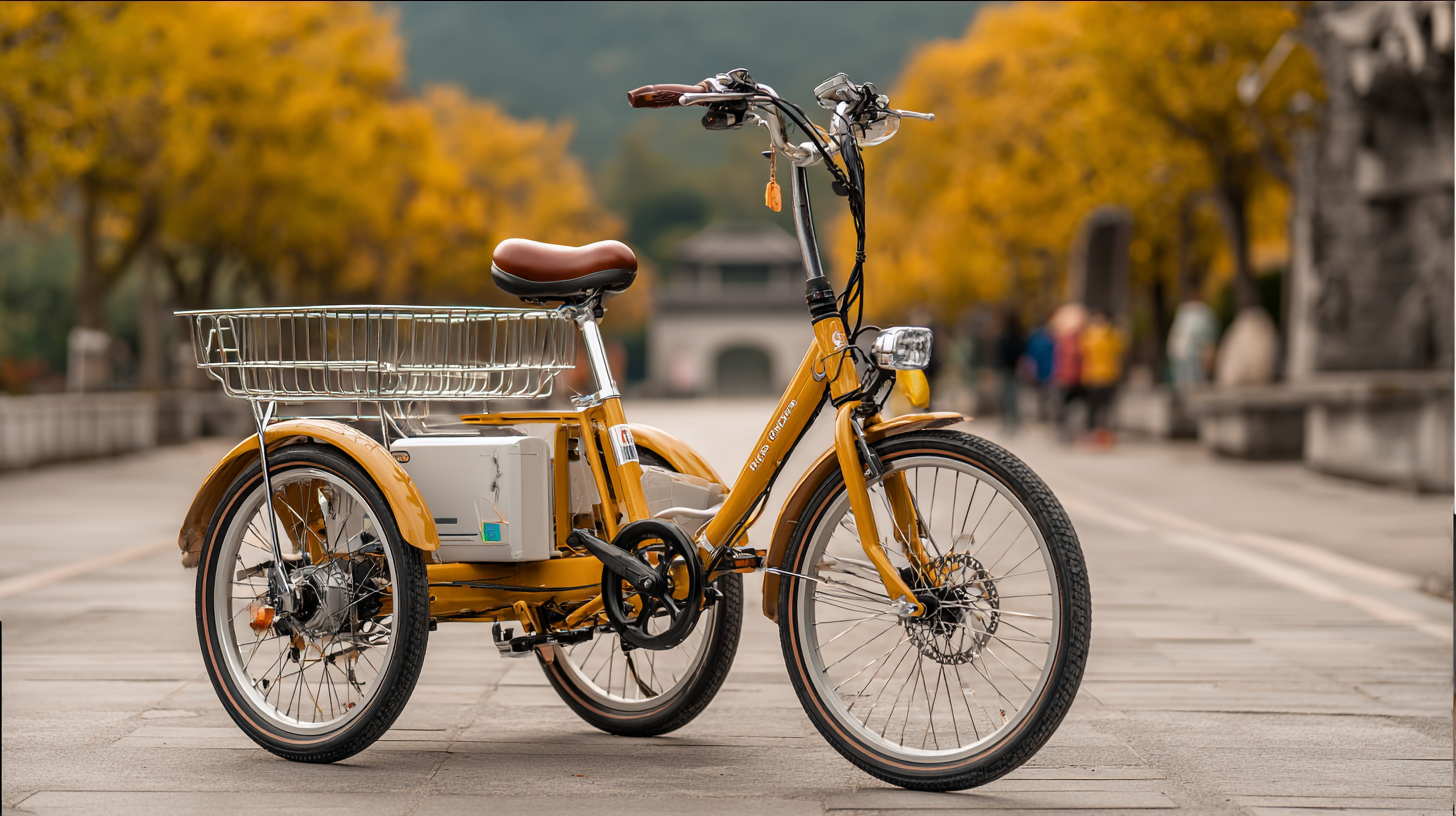
The Importance of Weight Capacity and Stability in Electric Tricycles
When selecting an electric tricycle, the importance of weight capacity and stability cannot be overstated. According to a report by the Electric Bike Company, the optimal weight capacity for adult tricycles is typically between 300 to 400 pounds. This ensures that the rider, along with any additional cargo, remains within safe limits, enhancing the overall balance and performance of the vehicle. Additionally, a tricycle designed with a low center of gravity contributes to superior stability, which is crucial, especially when navigating uneven terrains or making sharp turns.
Tip 1: Always check the manufacturer's specifications for weight capacity and consider your own weight along with gear or cargo you'll commonly carry. This will help you avoid the disappointment of choosing a model that does not meet your needs.
Tip 2: Assess the frame design and build materials. A tricycle constructed from sturdy materials, such as aluminum or steel, tends to provide better support and stability, minimizing the risk of tipping over.
Furthermore, consider the wheelbase length; a longer wheelbase generally improves stability, allowing for a smoother ride. Many industry experts recommend models that incorporate wider tires, which also increases grip and traction, making for a safer riding experience.
Weight Capacity vs. Stability in Electric Tricycles
Comparative Analysis of Battery Life and Charging Times in Popular Models
When choosing the best tricycle for electric mobility, understanding the battery life and charging times of popular models is crucial. Recent developments in lithium-ion battery technology have underscored the importance of predictive analytics to estimate the Remaining Useful Life (RUL) of batteries. The introduction of advanced models like DeNet-Mamba-DC-SCSSA enhances our ability to forecast battery performance accurately, allowing users to make informed choices regarding their electric tricycles. Additionally, studies show that machine learning approaches, such as multilayer perceptron and long short-term memory networks, have significantly improved the accuracy of State of Charge (SOC) modeling, which directly impacts operational efficiency.
Charging times are also a vital consideration for electric tricycle users. Enhanced algorithms for electric vehicle battery charging quality are being developed to tackle challenges in power integration within distribution networks. These improvements aim to optimize charging processes, leading to reduced downtime for users. By analyzing different models, we find that certain tricycles can offer effective battery management systems, minimizing degradation while maintaining satisfactory performance. This balanced trade-off is essential for users looking for longevity and reliability in their electric mobility solutions, as it aligns closely with their need for efficient energy consumption in real-world driving conditions.
7 Essential Tips to Choose the Best Tricycle for Electric Mobility: A Data-Driven Guide
| Model | Battery Type | Battery Capacity (Ah) | Range (Miles) | Charging Time (Hours) |
|---|---|---|---|---|
| Model A | Lithium-Ion | 12 | 30 | 4 |
| Model B | Lead-Acid | 20 | 25 | 8 |
| Model C | Lithium-Ion | 15 | 35 | 5 |
| Model D | Lithium-Ion | 18 | 40 | 6 |
Evaluating Customer Reviews and Industry Ratings for Informed Choices
When selecting the best tricycle for electric mobility, evaluating customer reviews and industry ratings is crucial to making an informed decision. According to a recent survey by the Electric Tricycle Association, 78% of users prioritize customer feedback over marketing promises when choosing an electric tricycle. This statistic underscores the importance of sifting through real user experiences to gauge performance, durability, and overall satisfaction.
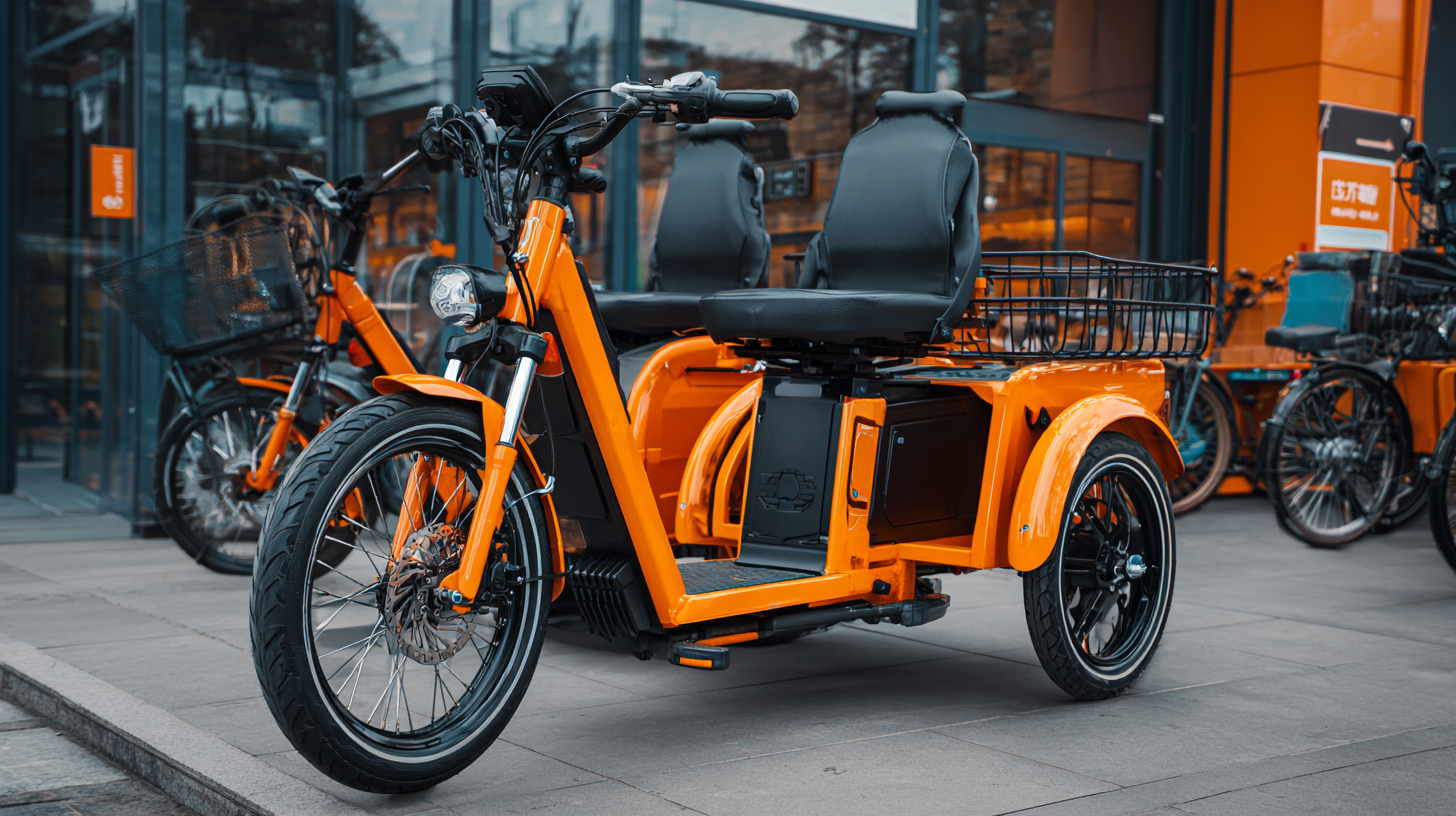
Tip #1: Look for comprehensive reviews. Platforms such as Consumer Reports and J.D. Power provide aggregate ratings based on thousands of user submissions. A high score in their ratings often correlates with reliable performance, so make sure to consult these resources before purchasing.
Tip #2: Focus on expert evaluations. Industry experts from organizations like the Electric Vehicle Association often conduct thorough testing and provide comparative analyses. Their insights can highlight critical features that influence long-term usability and safety, helping you avoid potential pitfalls seen in consumer reviews.
Leveraging data-driven insights, alongside user feedback, will empower you to choose an electric tricycle that meets your mobility needs while ensuring a reliable investment.
Related Posts
-

7 Essential Tips for Choosing the Best Electric Trike for Adults
-

What Types of Electric Wagon Cars Are Revolutionizing Modern Transport?
-
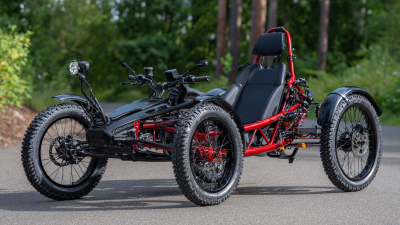
7 Best Front Wheel Trike Models for Optimal Stability and Performance in 2023
-
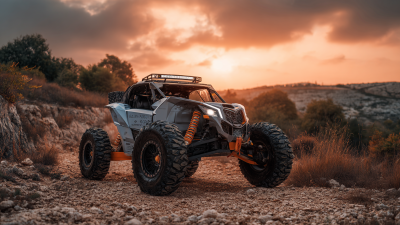
Ultimate Guide to Choosing the Perfect Electric Off Road Car for Your Adventures
-

Essential Checklist for Choosing the Perfect Tiny Cars for Adults: Key Features and Top Models
-

7 Secrets to Choose the Best Charging Battery Car







